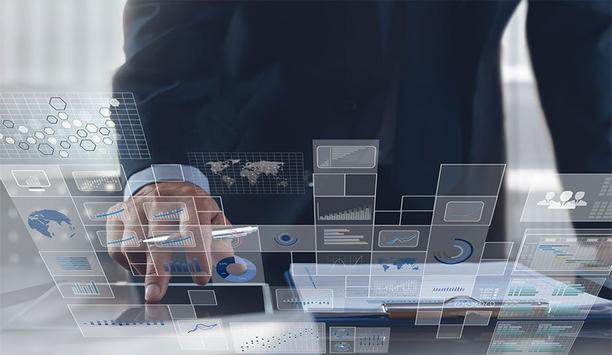 |
| Activating the lone worker device automatically triggers a voice call to the ARC |
A recent study by the Royal College of Nursing (RCN) has revealed the true benefit of lone worker devices to healthcare employees, many of whom are often required to work alone or in remote areas to deliver care and support services for patients and their families.
According to the RCN's survey, more than 60% of community nurses spend more than half their time as a lone worker without immediate access to a colleague for support. Over 70% reported having been subjected to either physical or verbal abuse during the course of their jobs in the past two years, with many agreeing that the risk they face has increased, largely due to the increased expectations of patients, their relatives and carers.
Thankfully, the use of lone worker devices by many NHS Trusts and private healthcare firms is helping to alleviate this situation. Working alongside their clients in the healthcare sector, several members of the British Security Industry Association (BSIA) have developed highly-effective lone worker devices, which are equipped with G.S.M (mobile phone) technology to connect employees quickly and discreetly with an emergency response system that has direct links to the police. In fact, a number of products are now commercially available from BSIA member companies, including the device used largely across the NHS, which is styled like an ID card holder.
Monitored by an Alarm Receiving Centre (ARC), lone worker devices allow users to send a pre-activation message when they are entering an area of potential risk, for example, a dark car park. If the user then experiences a problem or encounters a situation that seems likely to escalate into something more serious then the lone worker device can be activated to summon help.
Activating the lone worker device automatically triggers a voice call to the ARC. No further action is required by the user, as the device effectively functions as an open microphone, enabling the ARC to capture an audio recording of the incident for future action such as police investigation of legal proceedings. Operators at the ARC also monitor the audio channel in real time, enabling them to assess the situation and alert the police if the user needs help or protection. This procedure allows the police to optimise their response to genuine emergencies by providing a ‘moving picture' of the incident, including an increase or decrease in risk as it happens. The very knowledge that this is taking place is, of course, a major boost to the user's confidence, and over 40% of respondents to the RCN's survey agreed that the use of a lone worker device would increase their confidence to work alone.
The BSIA has a dedicated Lone Worker Steering Group, which was instrumental in the creation of British Standard 8484 - a crucial consideration for anyone purchasing lone worker devices - and has also published two downloadable guides, which provide both employers and lone workers themselves with easy-to-follow advice.
‘Lone Workers - An Employer's Guide' informs employers about and what to look for when sourcing a supplier. The guide covers the employers' responsibilities to its lone workers, as well as specific criteria for selecting technology, monitoring services and providers, including the possession of quality management systems such as ISO 9001 and the delivery of appropriate training.
For employees whose role requires them to work alone, the BSIA has produced a separate guide, ‘Lone Workers - An Employee's Guide'.
James Kelly, Chief Executive of the BSIA, comments: "These guides recognise the importance of keeping lone workers safe and secure. Responsible employers will consider the health and safety of their lone workers as a top priority, and the use of lone worker devices can help by connecting such employees with an emergency response system that has direct links to the Police. British Standard 8484 is the basis on which Police respond to lone worker systems, so it's important for employers to choose a supplier who works to these standards."


